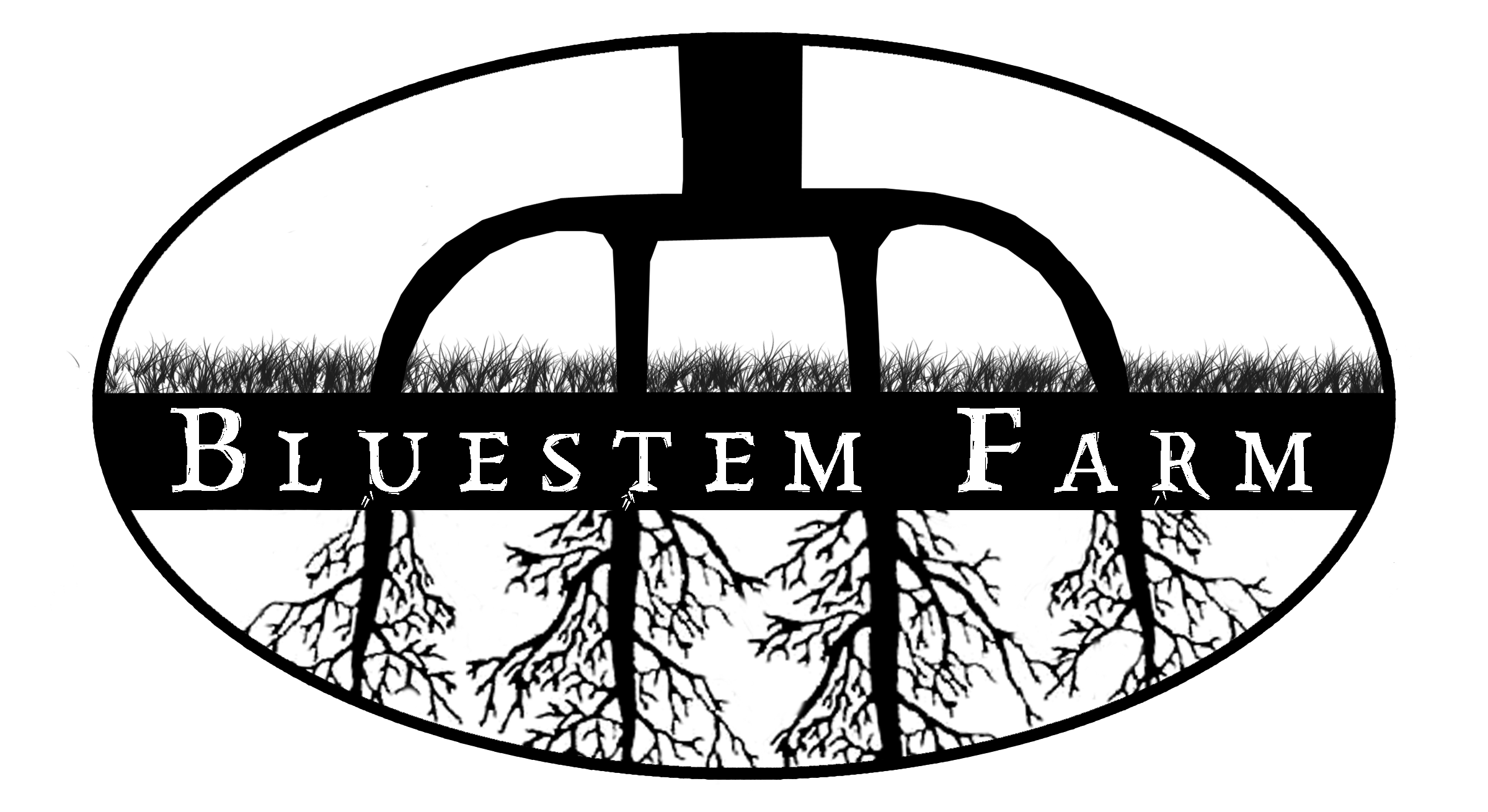On Turning a Small CSA Share into a Big Salad
The Big Lunch Salad
When times are busy, there’s really no need to get all complicated about cooking with whole foods. It’s summertime, and the eating should be easy.
This recipe offers specific quantities and types of accent vegetables, but you know that anything will work, right? Lacinato kale took the starring role for us this week, but red curly kale is probably my true favorite. You’ll notice that this salad alone contains 7 vegetable choice items, or the equivalent of one weekly Small Vegetable Share from our farm’s CSA.
For raw kale salad, the classic oil to vinegar ratio of 3:1 doesn’t work. When I’m dressing raw kale, I use half lemon juice, half olive oil. Sometimes with an additional splash of lemon juice. The extra acids not only soften the kale, but also balance the strong, raw taste of the cut leaves. I always make too much dressing, add half to the bowl right away, and keep the rest on hand to splash on each individual bowl at serving time.
Almost every week, you’ll find this no-fuss basic in our fridge next to other whole foods staples like perfect hard boiled eggs, green smoothies, pork carnitas, and grilled spatchcocked chicken. You can special order ingredients for those dishes here.
Armed with a fridge full of nutrient-dense, complete, ready-to-go meals, you’re ready for anything, including the beach.
Salad Ingredients
2 bunches kale of any kind
3/4 teaspoon sea salt
1 bunch carrots
1 bunch golden beets (striped beets are great, too)*
1 quart cucumbers
2 heads fennel
1 bunch scallions
16-32 ounces cooked chick peas, or a grilled spatchcocked chicken
Dressing
1 cup extra virgin olive oil
1 cup lemon juice
sea salt
optional: a scoop of grain mustard
Process
Remove the stems from the kale, then chop the leaves into ribbons. Add them to a large bowl. Sprinkle the sea salt directly over the leaves, and crush and mash the salt and cut kale together, almost as if you are kneading bread.
Chop the accent vegetables into strips and add them to the bowl, too. Colorful types of beets like golden beets and candy cane beets need to be swished around in lemon juice before you add them to the big bowl, or they’ll turn all gray on you. Cucumbers are better chopped then stored apart from the large bowl—their tender flesh gets melted by days of storage in the high-acid environment enjoyed by their peers.
Toss everything well. A big glass bowl is best for this because 1) you can see it 2) it’s ready to serve.
*If you’re using red beets, chop them up, coat them with a little salt and olive oil, then roast them at 400 degrees. Splash them with a little balsamic vinegar, then chill. So delicious in a salad.


